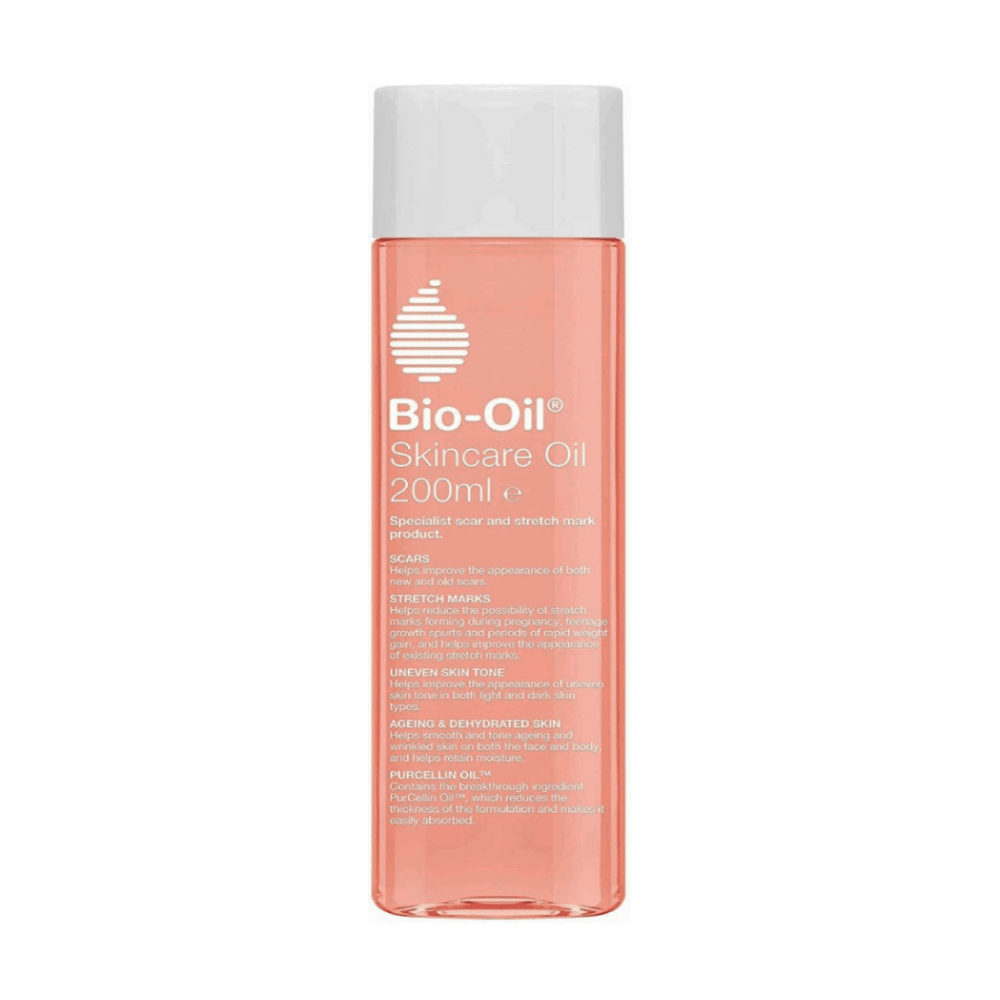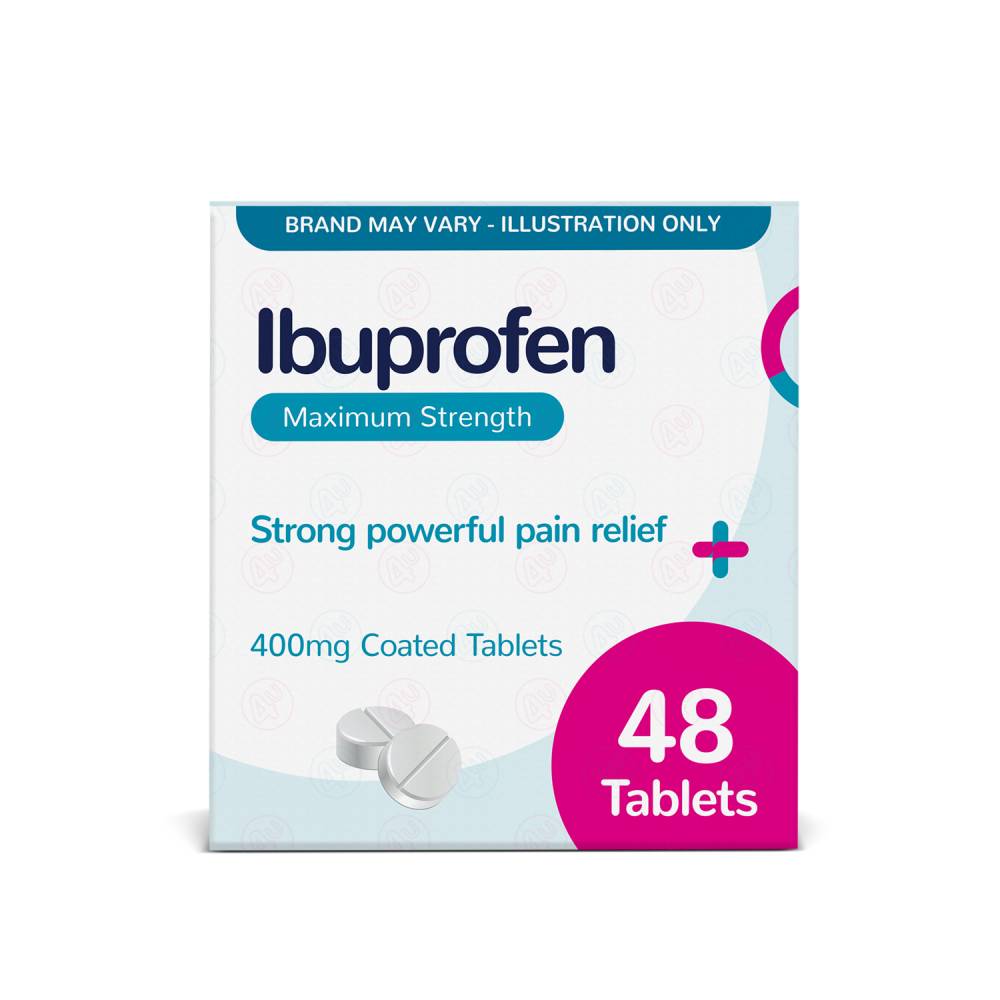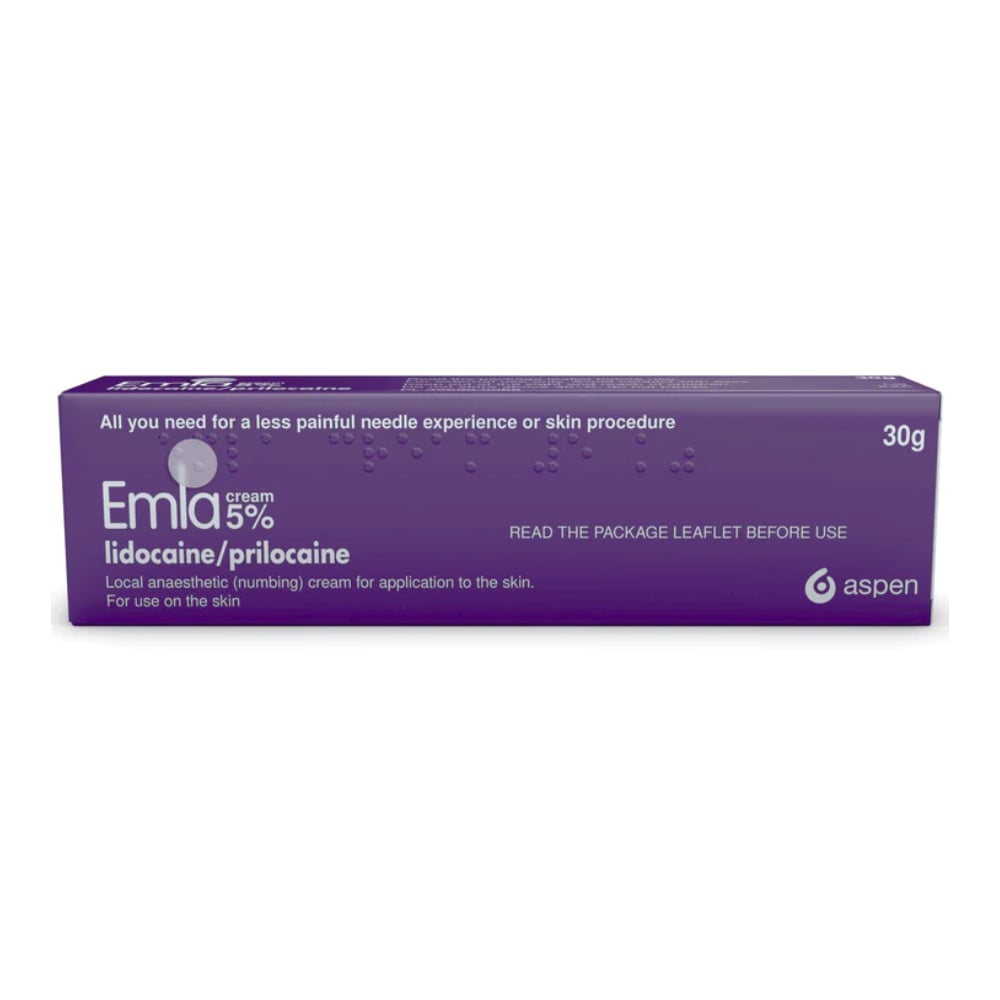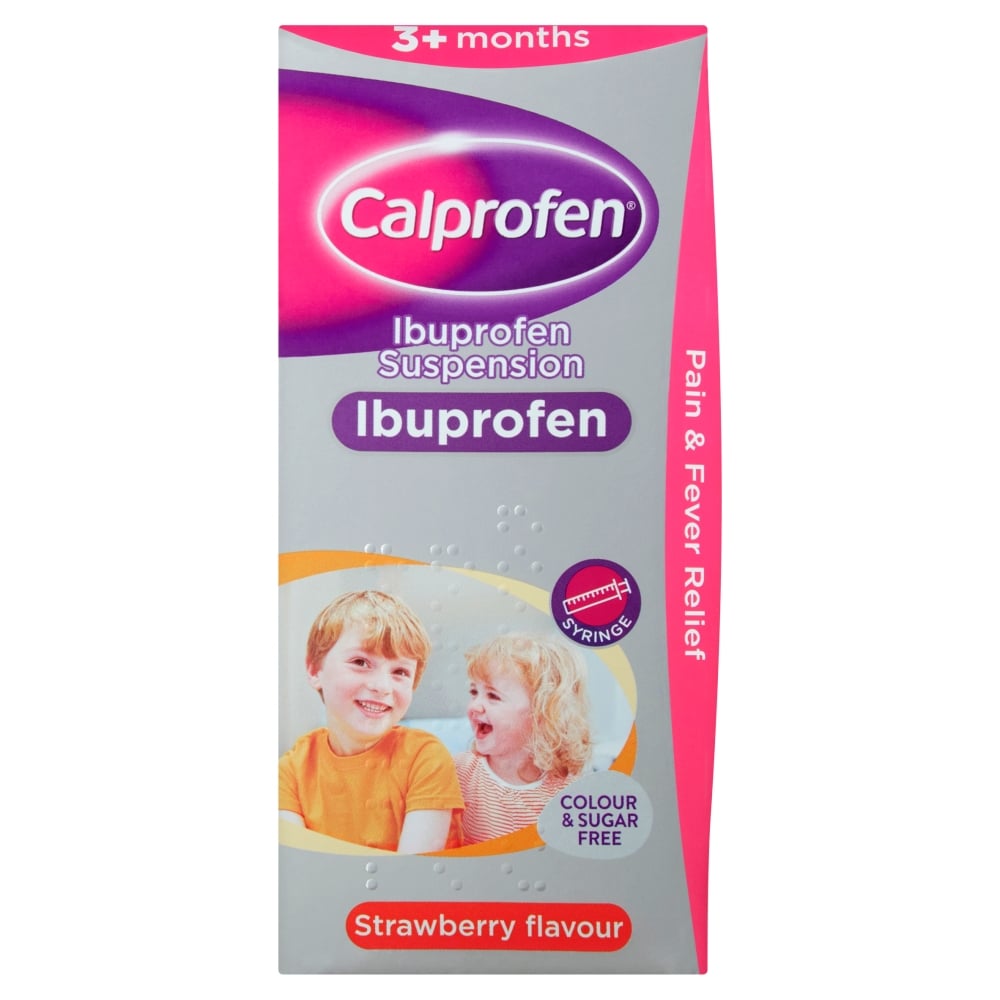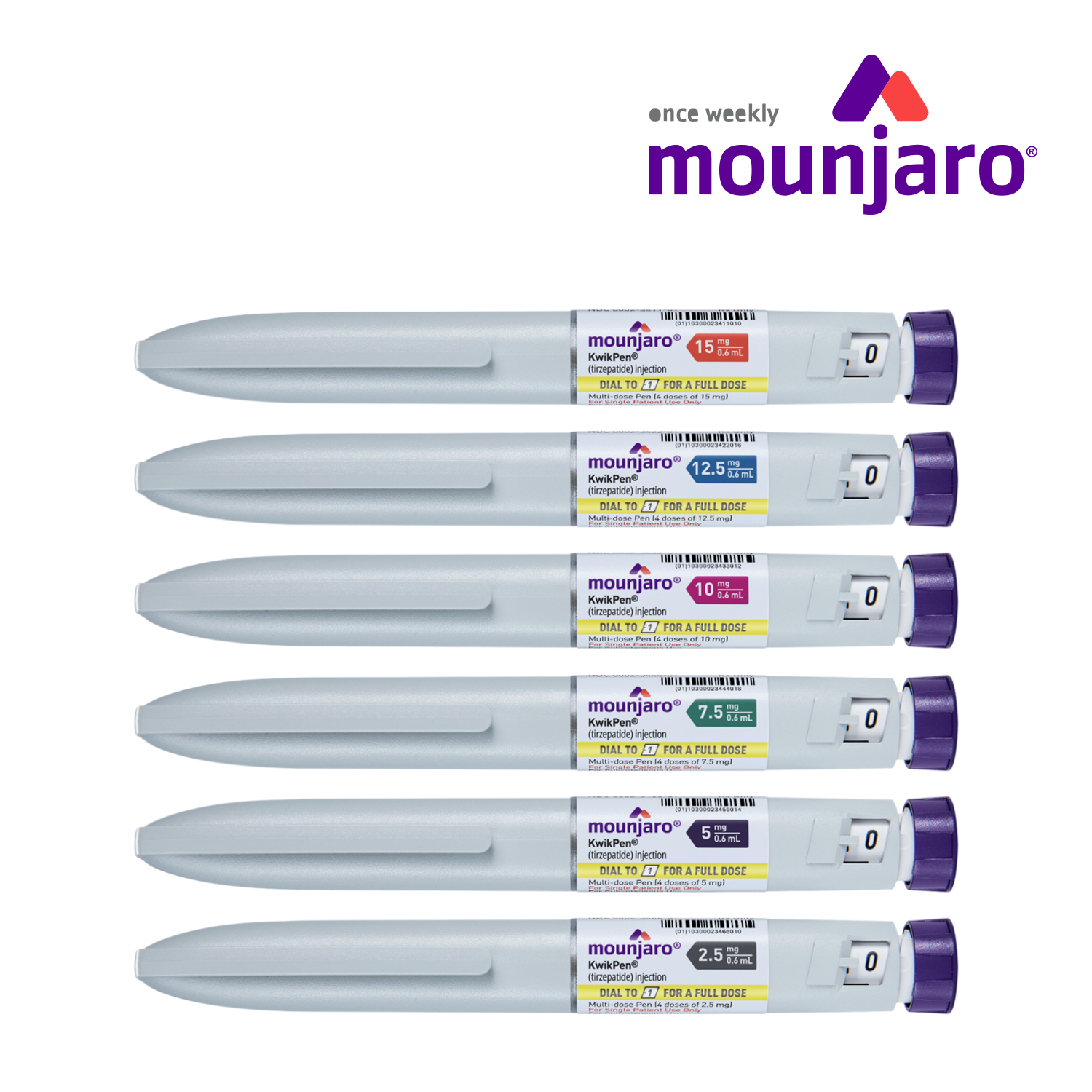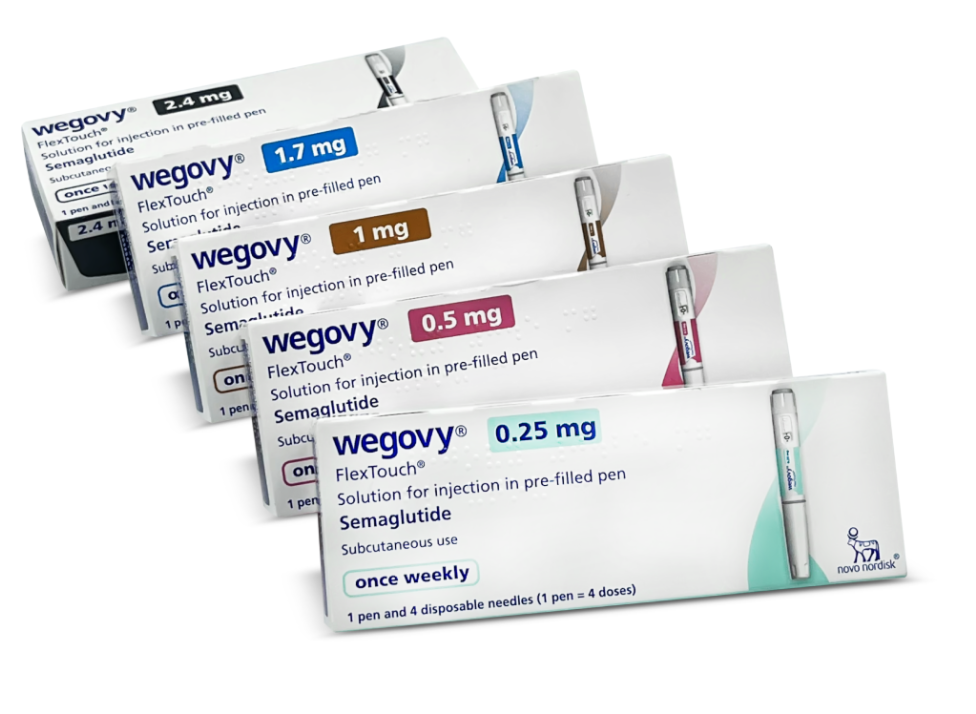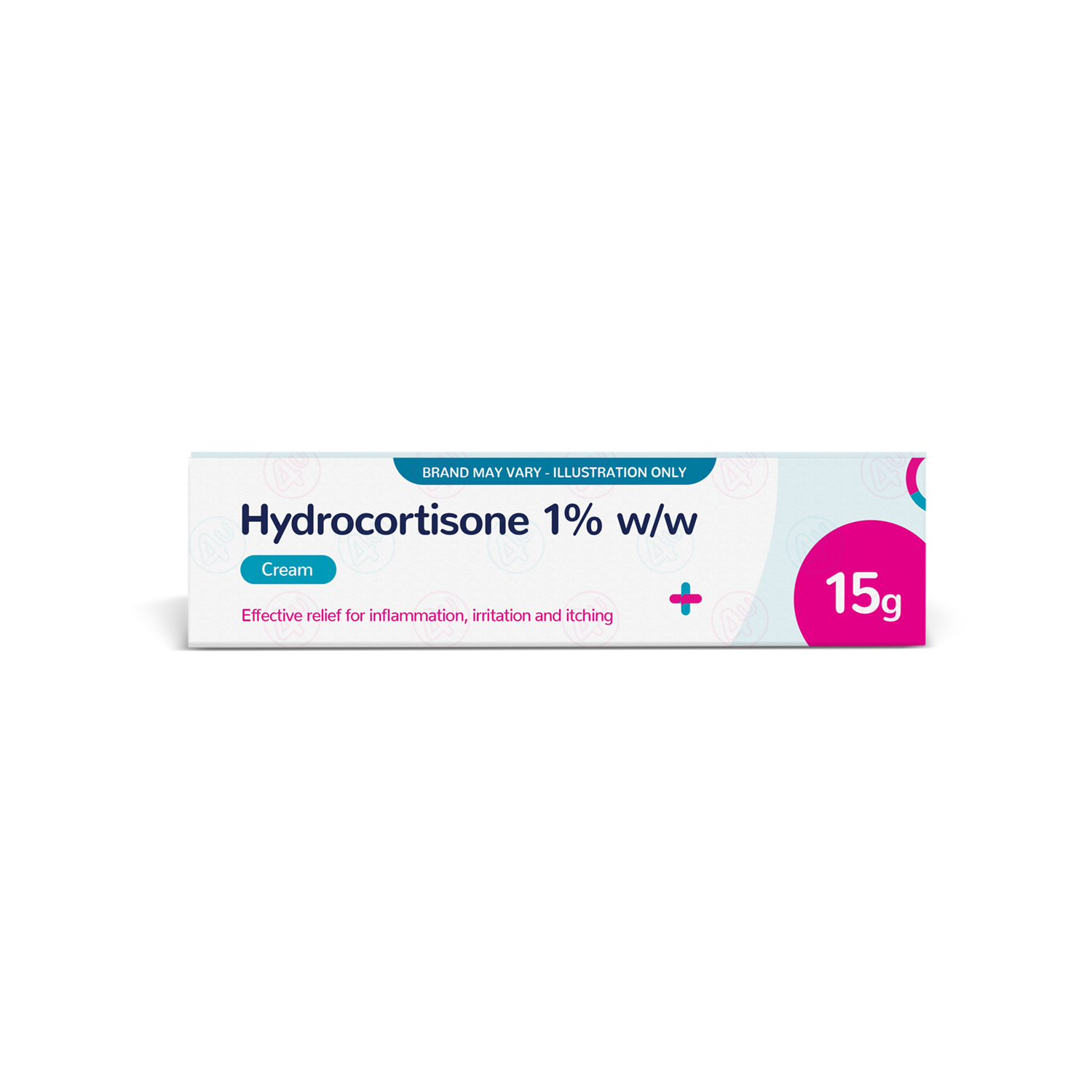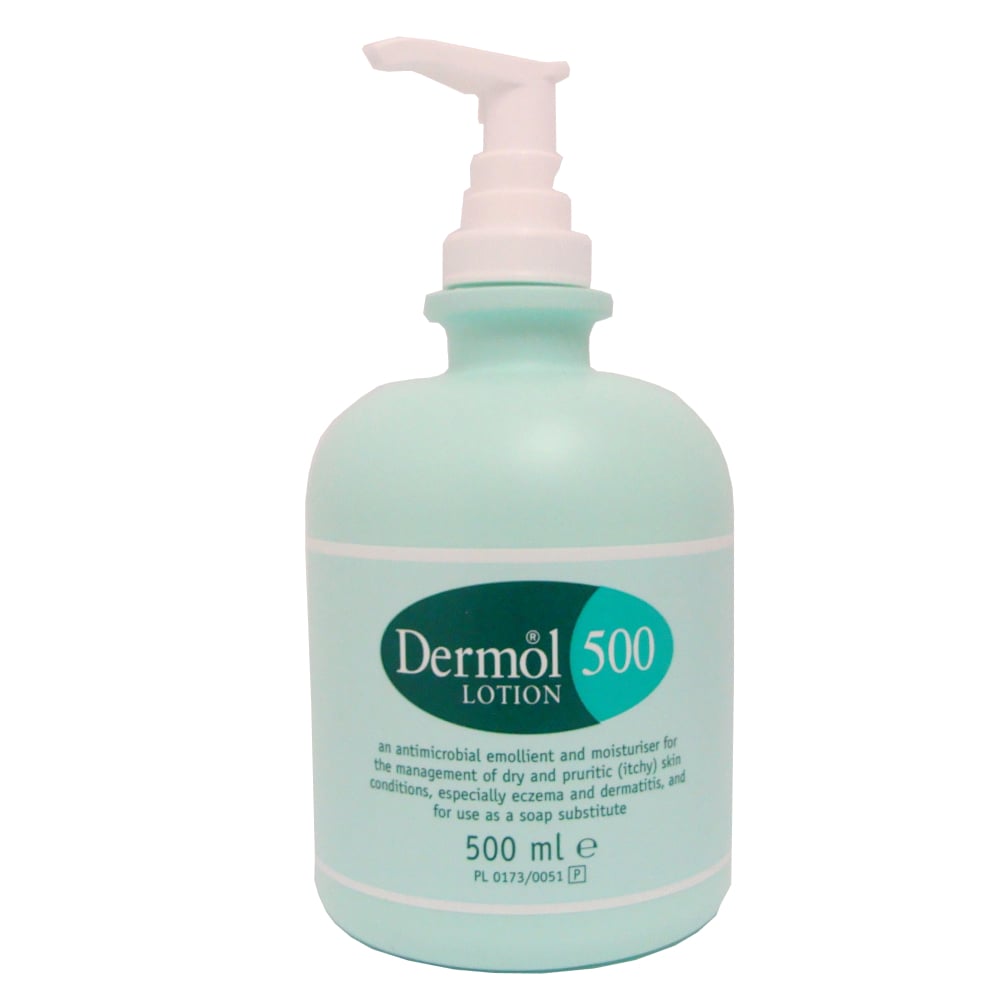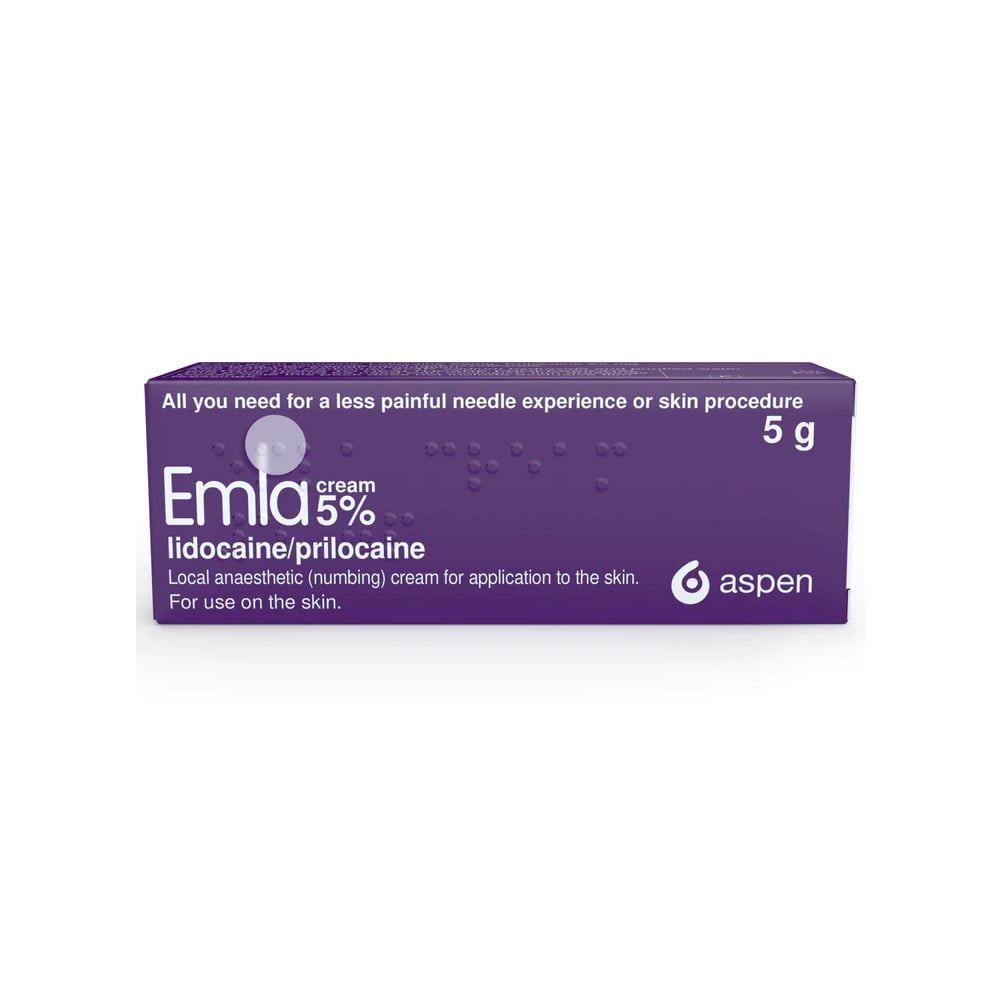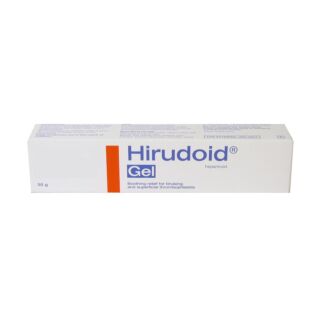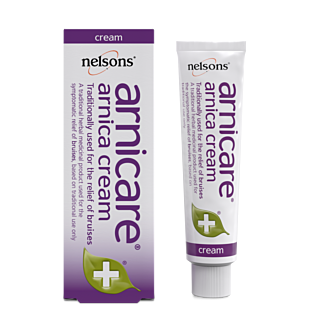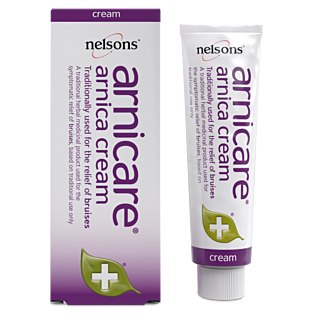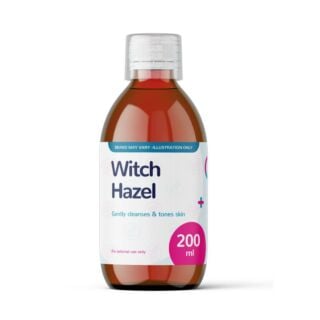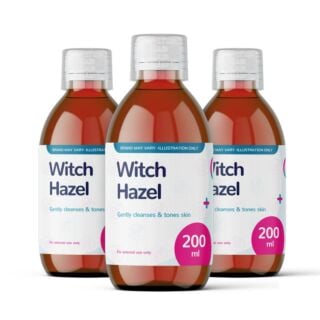Bruising
Everyone gets bruises (ecchymosis) from time to time, especially if you have a medical condition that makes bruising more likely.1 Or if you play sports a lot, in which case you may be all too familiar with having bruised ribs, bruised toes, a bruised tailbone… and so on. … Read More See less
Most of the time, bruising is nothing to worry about. It might look unsightly, and it may cause some pain and discomfort, but generally, if you leave it alone it’ll get better without any intervention.1 However, if your bruising persists, you may want to consider some form of treatment to help ease your symptoms.
Bruising can also sometimes be a sign of an underlying health condition, so it’s important to pay attention to bruising and have an awareness of when it’s time to speak to your GP about bruising.
If you’re wondering “why do I bruise so easily?”, you’ve come to the right place. Keep reading to find out everything you need to know about bruising.
What is bruising?
Bruising is the skin discolouration caused when your small blood vessels (capillaries; the tubes that carry your blood through your body) break, due to impact or injury, and bleed.1–4
If there isn’t an opening for your blood to leak out from, it pools underneath your skin and creates a bruise.1,2 Your blood cells (platelets) then work to repair the leak in your blood vessels and heal your bruise.1
There are three kinds of bruises:5
- Subcutaneous – just under the skin
- Intramuscular – within the muscle under the skin
- Periosteal – a bone bruise (the most painful kind of bruise)
However, not all bleeding underneath the skin causes a bruise: 1,4,5
- Petechiae – bleeding from broken blood vessels can lead to tiny purple dots on your skin
- Purpura – in between petechiae and ecchymosis in terms of size, purpura are small patches of skin discolouration caused by bleeding under the skin
- Hematoma – a significant trauma, such as a car accident, can cause a collection of blood outside your blood vessels that’s larger than ecchymosis, raised and painful to touch
Bruising symptoms
Depending on the cause and location, bruises can vary in size, shape and colour.1 The symptoms of bruising include:1,3–6
- A patch of skin discoloration that transitions during the stages of bruising from red, purple, black or brown (depending on the colour of your skin) to blue, green or yellow
- Pain or tenderness when you touch the affected area
- Swelling or a raised bump on your skin
Importantly, people with darker skin tend to have darker bruises, which can be more difficult to see.6 Additionally, people born female may get random bruises on their legs, because females tend to bruise more easily than males.6
What causes bruises?
Your blood vessels can break and bleed due to:1,2,4,5,8
- An injury or physical trauma to your body
- Aging skin, due to reduced skin thickness
- Medications that reduce your blood’s ability to clot, such as ibuprofen, naproxen, aspirin and warfarin
- Medical treatments, such as radiation and chemotherapy, as these lower the number of platelets in your blood
- Certain medical conditions
When is bruising a sign of something more serious?
If you’re experiencing bruising that isn’t directly related an injury or trauma, it could be a sign of an underlying medical condition:6,9,10–27
Vascular disorders
- Hereditary haemorrhagic telangiectasia – a rare, inherited genetic disorder that results in underdeveloped blood vessels that can easily bleed
- Ehlers-danlos syndrome – a rare, inherited condition that affects the connective tissues. It causes bruising due to fragile capillaries and poor structural integrity of the skin
- Osteogenesis imperfecta (brittle bone disease) – an inherited bone disorder that can cause bruising, potentially due to defective collagen in small blood vessels
- Vitamin c deficiency (scurvy) – you need vitamin c for your blood vessels to function properly
Platelet disorders
- Thrombocytopenia – a rare blood disorder that prevents your blood from clotting properly due to a low platelet count
- Leukaemia – a cancer of the blood that causes leukaemia bruises due to a deficiency of healthy blood cells
- End-stage chronic kidney disease – when the kidneys don’t work as well as they should. In the end stages, this can cause bruising due to platelet abnormalities
- Liver disease – a number of conditions that result from damage to your liver and can cause platelet abnormalities
Coagulations disorders
- Haemophilia A and haemophilia B – a rare, inherited condition that prevents your blood from clotting properly, meaning you bleed more easily than other people
- Vitamin K deficiency – vitamin K helps your blood to clot so that wounds can heal properly
- Von Willebrand disease – the most common inherited condition that prevents your blood from clotting properly
- Amyloidosis – a group of rare conditions caused by a build-up of a protein called amyloid in your body which can make your blood vessels more fragile
How to treat bruising
If you’re wondering how to remove bruises, most bruises do not need treatment and will fade on their own within around two weeks.1 You can help your bruises heal more quickly by:1,3,5,28
- Elevating the bruise above heart level, if possible, to prevent blood from pooling
- Applying an ice pack wrapped in a towel for 15–20 minutes for the first 24 to 48 hours after injury, to reduce swelling
- Resting the affected body part to prevent overworking your muscles
- Using heparinoid bruise cream to reduce swelling
- Taking paracetamol to reduce your pain
However, if you experience frequent, unexplained, large bruises that last for more than two weeks, you should speak to your GP.1 They may decide to do some tests to check whether these are a sign of an underlying condition.1 Tests may include:1
- An X-ray –to check for damage to your bones
- Blood tests – to identify clotting conditions or vitamin deficiencies
You should also see your GP if you suspect you have a hematoma, as these can be the most dangerous types of bruises if left untreated.29
Sources
- https://my.clevelandclinic.org/health/diseases/15235-bruises
- https://www.mayoclinic.org/healthy-lifestyle/healthy-aging/in-depth/easy-bruising/art-20045762
- https://www.mayoclinic.org/first-aid/first-aid-bruise/basics/art-20056663
- https://medlineplus.gov/ency/article/003235.htm
- https://www.mountsinai.org/health-library/injury/bruise
- https://www.medicalnewstoday.com/articles/326260#appearance-on-dark-skin
- https://www.valeofyorkccg.nhs.uk/seecmsfile/?id=6820&inline=1&inline=1
- https://www.cancer.gov/about-cancer/treatment/side-effects/bleeding-bruising
- https://dermnetnz.org/topics/bleeding-and-bruising
- https://cks.nice.org.uk/topics/bruising/background-information/causes/
- https://www.nhs.uk/conditions/hereditary-haemorrahagic-telangiectasia/
- https://www.nhs.uk/conditions/ehlers-danlos-syndromes/
- https://www.ehlers-danlos.org/information/the-skin-in-hypermobile-ehlers-danlos-syndrome/
- https://www.hopkinsmedicine.org/health/conditions-and-diseases/osteogenesis-imperfecta#:~:text=Osteogenesis%20imperfecta%20(OI)%20is%20an,formed%20normally%2C%20and%20other%20problems.
- https://sbuhb.nhs.wales/files/children-and-young-people/osteogenesis-imperfecta-leaflet/
- https://my.clevelandclinic.org/health/diseases/24318-scurvy
- https://www.medicalnewstoday.com/articles/314123
- https://www.leukaemiacare.org.uk/support-and-information/latest-from-leukaemia-care/blog/spotting-the-difference-bruising-in-leukaemia-vs-ordinary-bruising/
- https://my.clevelandclinic.org/health/diseases/4365-leukemia
- https://www.nhs.uk/conditions/kidney-disease/
- https://pmc.ncbi.nlm.nih.gov/articles/PMC10572297/
- https://my.clevelandclinic.org/health/diseases/17179-liver-disease
- https://www.nhs.uk/conditions/haemophilia/
- https://my.clevelandclinic.org/health/diseases/21132-vitamin-k-deficiency-bleeding
- https://www.nhs.uk/conditions/von-willebrand-disease/
- https://www.nhs.uk/conditions/amyloidosis/#:~:text=Amyloidosis%20is%20a%20group%20of,that%20may%20help%20with%20symptoms.
- https://stanfordhealthcare.org/medical-conditions/blood-heart-circulation/amyloidosis.html
- https://www.nhs.uk/medicines/heparinoid/about-heparinoid/
- https://my.clevelandclinic.org/health/diseases/hematoma

Free delivery when you spend over £30

100% discreet delivery for every item ordered
Fully regulated UK pharmacy

